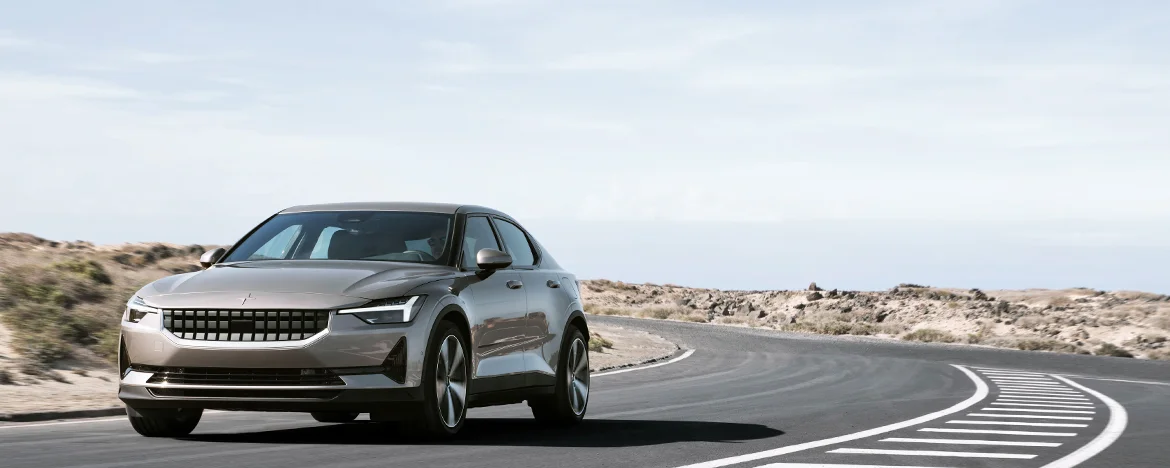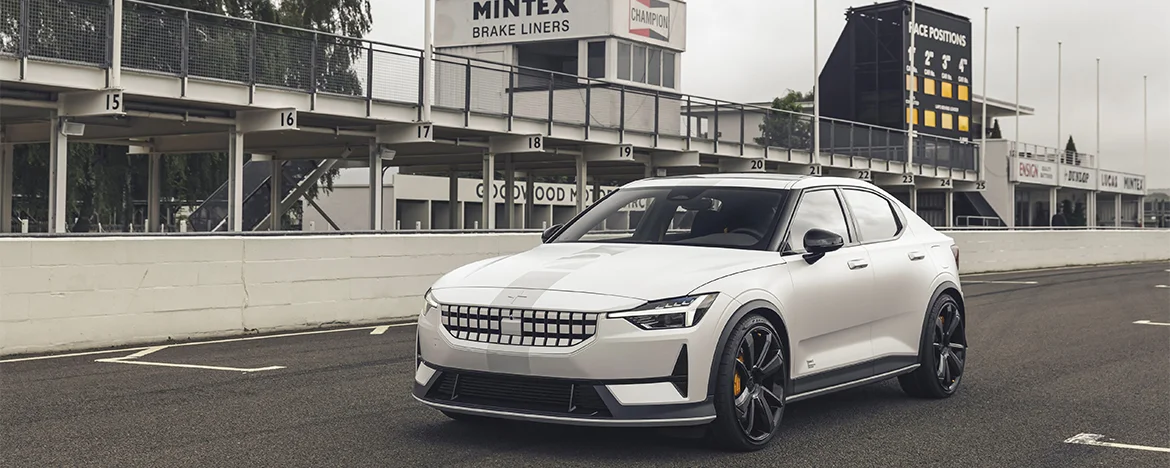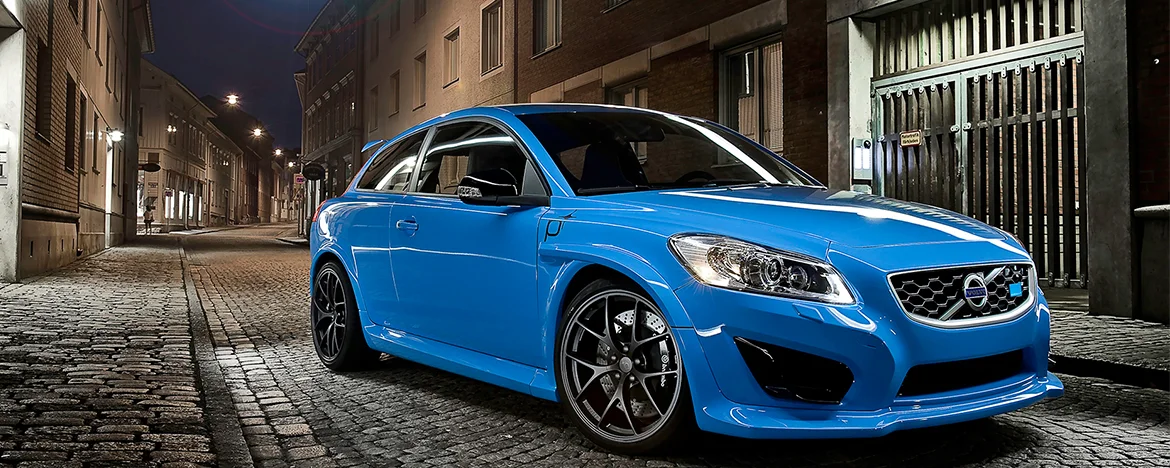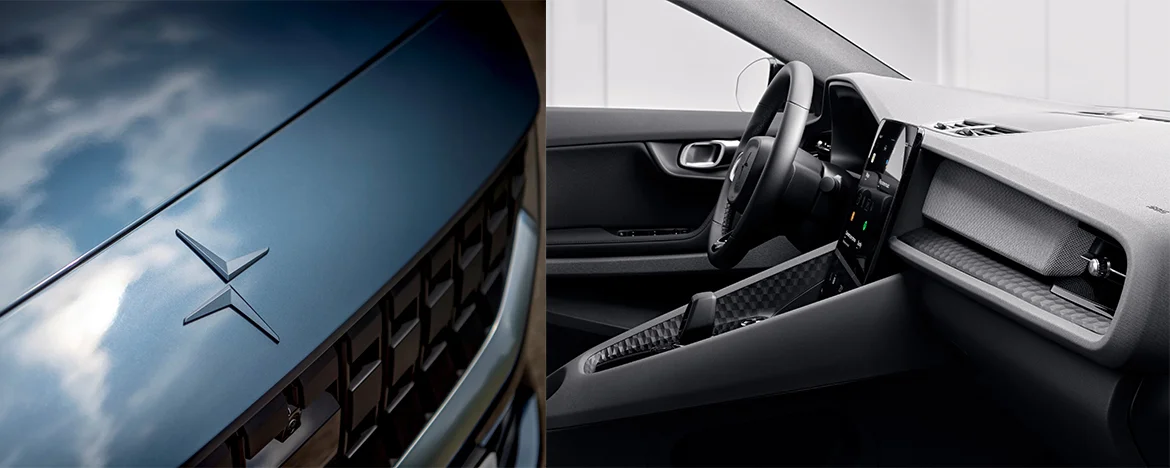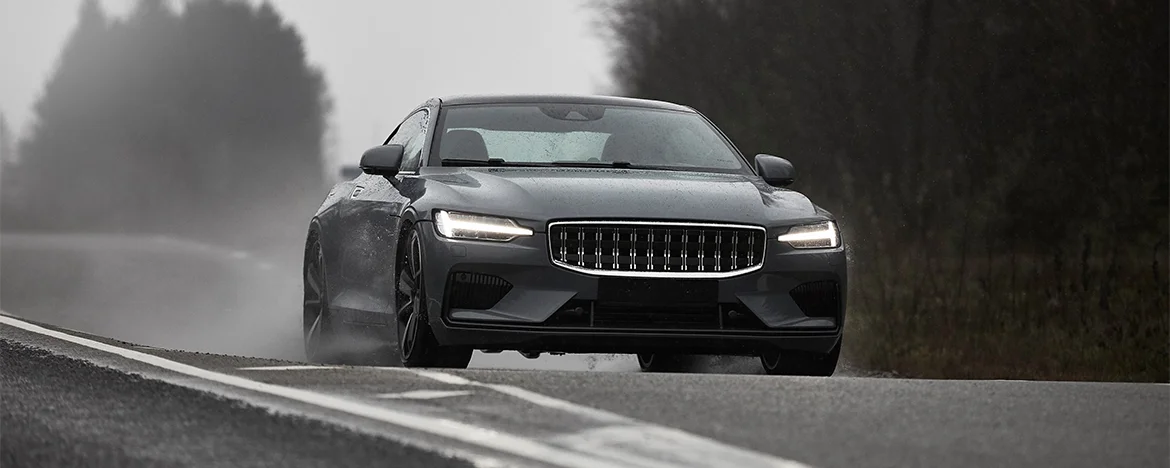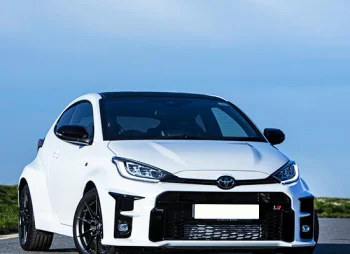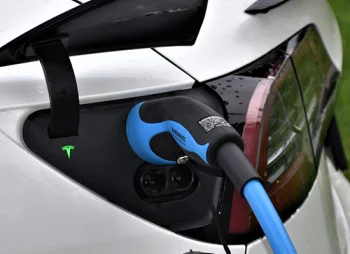What's the story behind Polestar, the performance division of popular Swedish brand Volvo?
“We need to make brave decisions and stand by them.” – Tom Ingenlath.
The words of the Polestar CEO have never rung truer. Polestar have recently emerged from relative obscurity to become an innovative electric car brand, with the launch of the Polestar 2 a competitive rival to the Tesla Model 3.
But who are they? Where did they come from, what are they doing to take the electric car market by storm, and why are so many people considering Polestar 2 leasing in 2021?
The EV market is no stranger to innovation, with Elon Musk’s Tesla having led the pack for some time. But other manufacturers, big and small, are beginning to catch up.
And though Polestar is just getting started on their electric journey, they’ve been a successful automotive company for quite some time.

